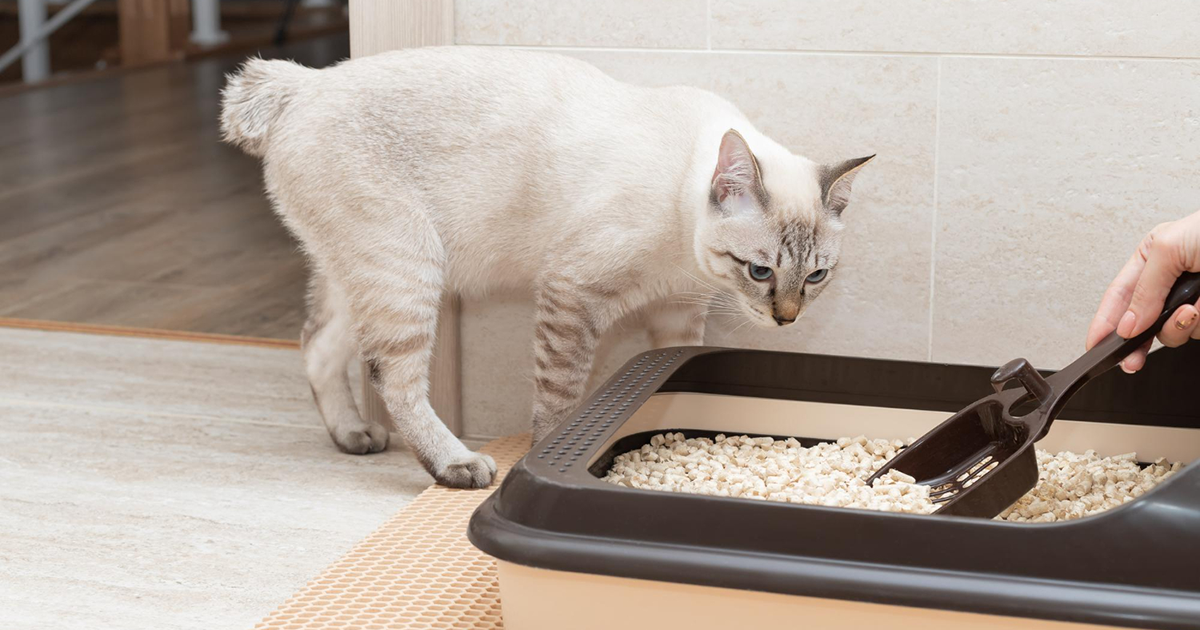
The Most Beautiful Word in the English Language
Introduction to the concept of beauty in language Language is a tapestry woven with sounds, meanings, and emotions. Every word we use has its own […]

Introduction to the concept of beauty in language Language is a tapestry woven with sounds, meanings, and emotions. Every word we use has its own […]

Introduction to Poetry Poetry is an exquisite dance of words, a canvas where emotions and ideas intertwine. It captures fleeting moments, encapsulating the essence of […]

Navigating the world of academia can be overwhelming. With deadlines looming and assignments piling up, students often find themselves in need of reliable support. That’s […]

Introduction to Laptop Storage and Charging Lockers In today’s fast-paced world, where technology is an integral part of our daily lives, having a reliable place […]

Writing the data analysis chapter of your dissertation can feel like navigating a complex maze. You have collected mountains of data, and now it’s time […]

Are you tired of chilly evenings ruining your outdoor gatherings? Or perhaps you’re looking for a way to keep your pets warm during the colder […]

Introduction to the importance of dental health for dogs When it comes to our furry companions, we often think about their exercise needs and grooming […]

Introduction to Ferrets Are you considering adding a playful and curious companion to your home? Ferrets are fascinating creatures that can bring joy, laughter, and […]

When it comes to our furry friends, small dogs often hold a big place in our hearts. Their playful personalities, adorable antics, and loyal companionship […]

If you’re a cat owner, you know that while our feline friends bring joy and companionship, they can also introduce some less-than-pleasant odors into our […]
Copyright © 2025 | WordPress Theme by MH Themes